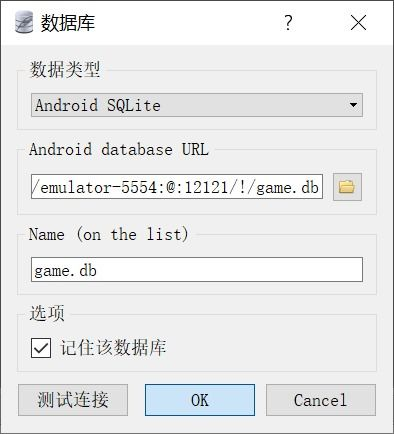Linux Remote Connection to MySQL Database, Establishing Secure Access
Understanding MySQL Remote Connection
To connect to your MySQL database from a remote location, it is essential to understand a few fundamental concepts about MySQL and networking. By default, MySQL is set to listen only to requests coming from localhost (127.0.0.1) for security reasons. This means if you try to connect from a different machine, you will encounter a connection error. To overcome this, you need to configure the MySQL server to allow connections from external IP addresses. Moreover, it's crucial to ensure your network firewall settings permit incoming connections to the MySQL port (default is 3306).
Configuring MySQL for Remote Access
The first step in setting up remote access is to adjust MySQL's configuration file (usually located at /etc/mysql/my.cnf or /etc/my.cnf). Find the line that specifies the 'bind-address'. By default, it often looks like this:
bind-address = 127.0.0.1
To allow remote connections, change this line to the server's public IP address or simply comment it out, letting MySQL bind to all interfaces:
#bind-address = 127.0.0.1
After editing the configuration, restart the MySQL service to apply the changes:
sudo systemctl restart mysql
Creating a Remote User
The next step is to create a MySQL user that can connect remotely. It is essential to set appropriate permissions for this user. Here’s how you can create a new user:
CREATE USER 'username'@'%' IDENTIFIED BY 'password';
The '%' wildcard allows connections from any host. However, for better security, replace '%' with a specific IP address or hostname where you will connect from. After creating the user, grant necessary privileges to the new user:
GRANT ALL PRIVILEGES ON database_name. TO 'username'@'%';
Finally, don’t forget to execute:
FLUSH PRIVILEGES;






